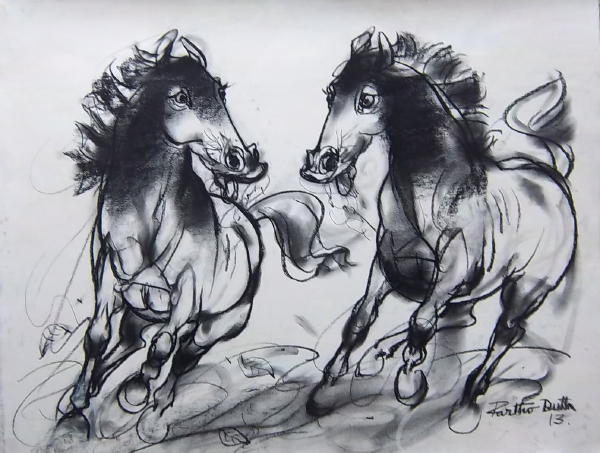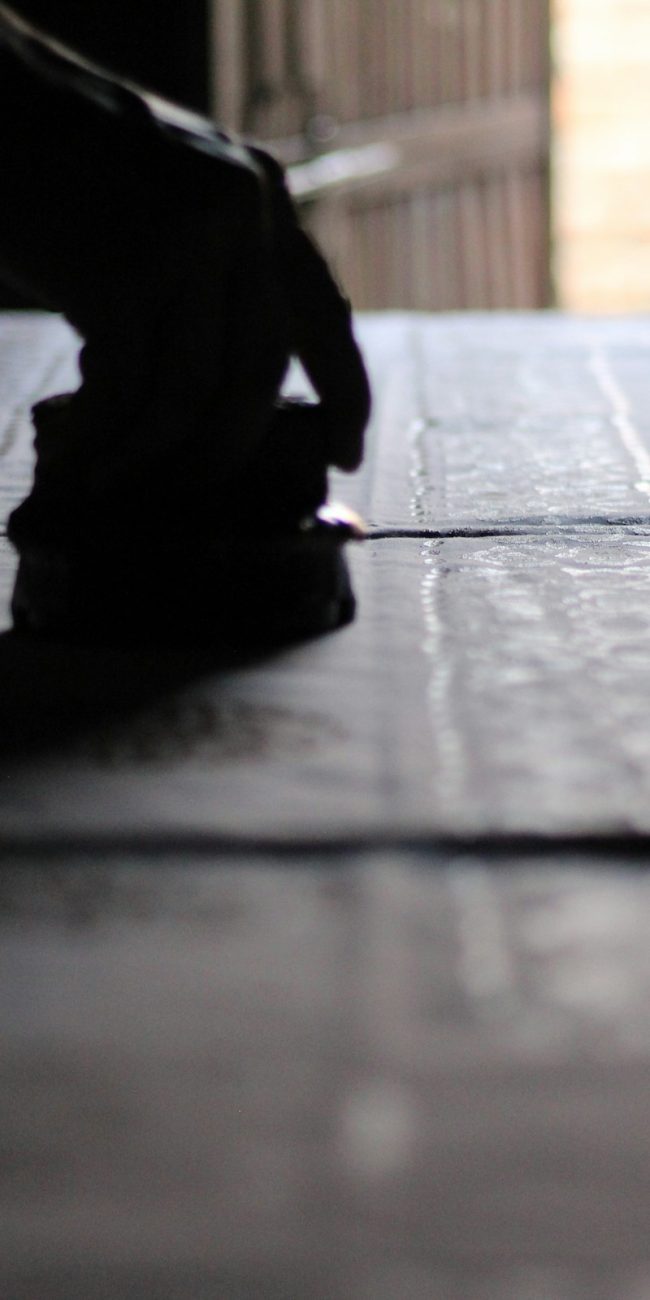
Art as an Investment: Why Your Collection Could Be Worth More Than You Think?
Art isn’t just about beauty and creativity; it’s also a smart investment. While many people buy art because they love it, art can also be a valuable asset that grows in worth over time. Let’s explore why investing in art could be more profitable than you think!
1. Art Appreciates Over Time

(Pastel on paper pasted on cardboard 19.5” by 30” by Suhas Roy)
Unlike many consumer goods, art can appreciate, or increase in value, over time. Famous artists’ works, or pieces from emerging artists with a growing reputation can become much more valuable as time goes on. For example, a painting bought today could be worth several times more in a few years, especially if the artist becomes more recognized or their style becomes more sought after.
2. Art is a Tangible Asset
Art is a physical object that you can see and enjoy every day, unlike stocks or bonds that exist only on paper. This tangible aspect makes art a unique investment. It’s something you can display in your home or office, adding character and personality to your space while also being a potential financial asset.
3. Diversification of Your Investment Portfolio
Investing in art is a great way to diversify your investment portfolio. If all your money is in one type of investment, like stocks or real estate, you’re at risk if that market goes down. Art provides a different kind of value that doesn’t always follow the same market trends. This can help protect your investments and spread your financial risk.
4. Emotional and Cultural Value
Beyond financial returns, art holds emotional and cultural value. A meaningful piece of art can bring joy, provoke thought, or create a connection to a certain time or place. Owning art can also be a way to support artists and contribute to cultural preservation. This emotional satisfaction can make art a fulfilling investment on many levels.
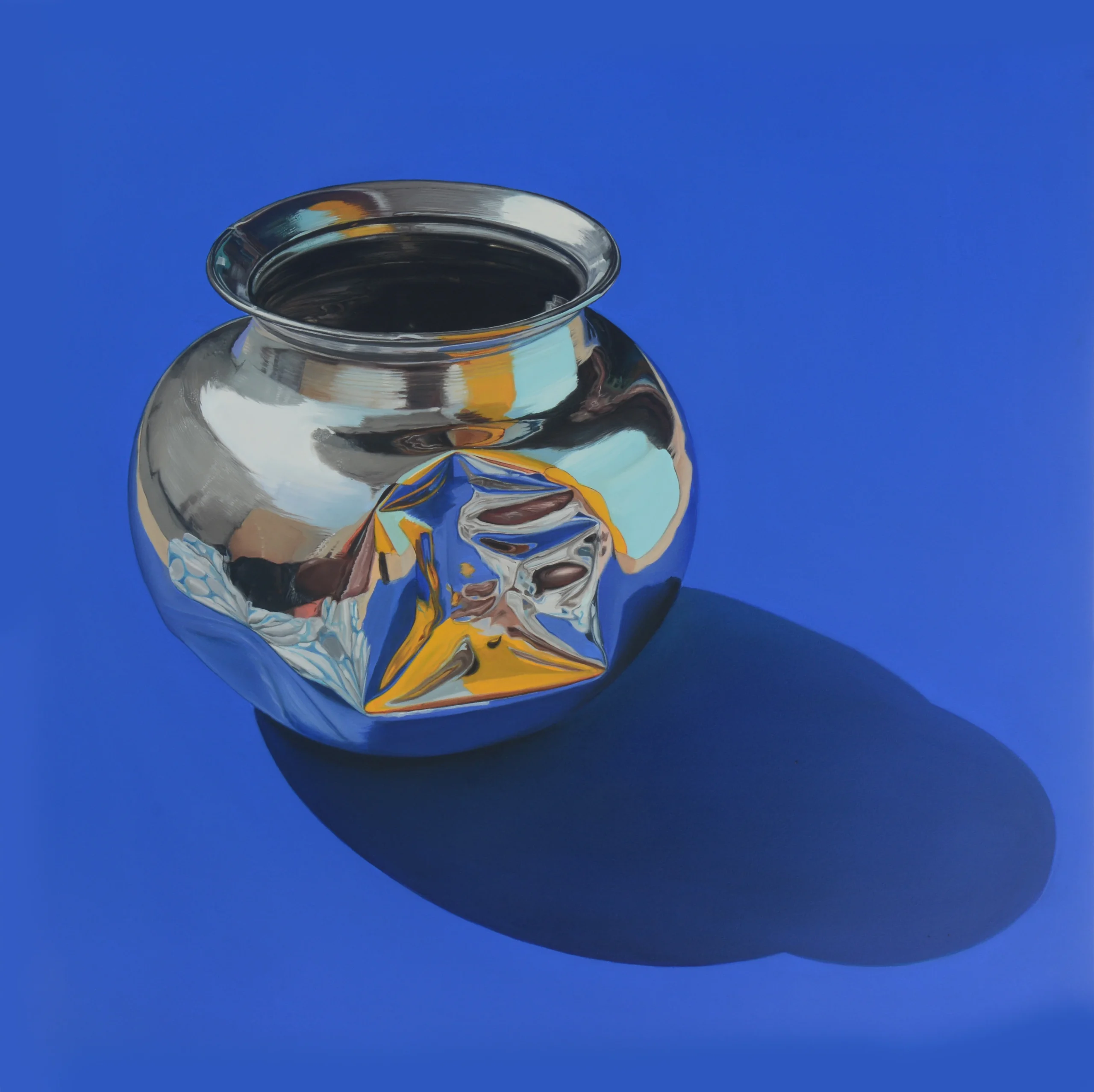
(Oil on canvas 32″ by 32″ by Anjaneyulu Gundu)

(Charcoal on canvas 9” by 12” by Thota Vaikuntam)
5. Potential Tax Benefits
In some cases, investing in art can offer tax benefits. For example, if you donate art to a museum or charitable organization, you might be able to deduct the full market value of the piece from your taxes. However, it’s important to consult with a financial advisor to understand the specific tax rules and benefits in your region.
6. Art is Less Affected by Inflation
While inflation can reduce the value of money over time, the value of art is often less affected. Many collectors see art as a hedge against inflation, meaning that as the cost of living rises, the value of art may hold steady or even increase. This makes art a potentially stable investment in uncertain economic times.
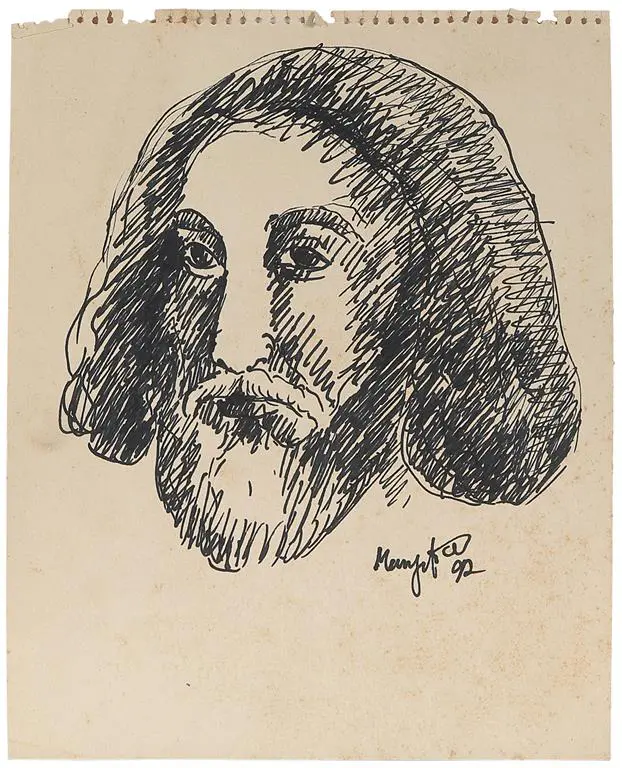
(Pen Ink on paper 10.75” by 14.75” by Manjit Bawa)

(Serigraph on paper 15.5” by 17.5” by Tyeb Mehta)
7. Growing Interest in the Art Market
The art market has been growing steadily over the years, with more people interested in collecting art than ever before. This growing interest means there’s a rising demand for art, which can drive up the prices of valuable works. By investing in art now, you could benefit from this increasing demand in the future.How to Start Investing in Art
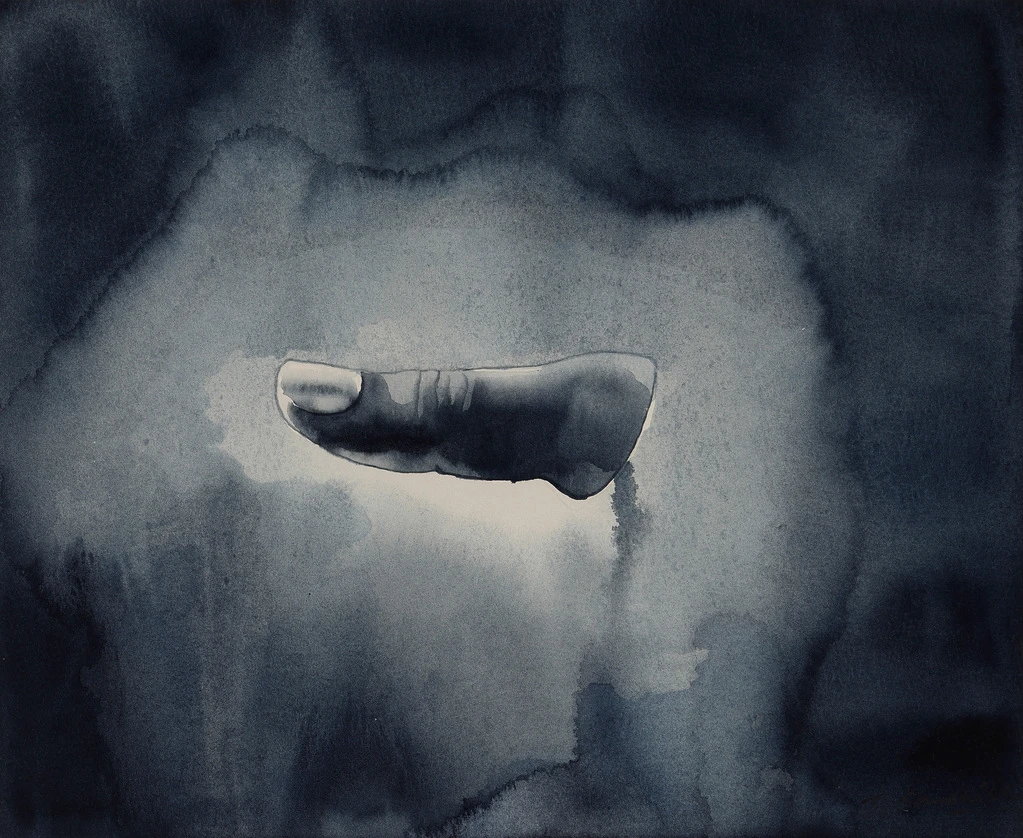
(Watercolor on paper 13.75” by 17” by T V Santhosh)
- Research: Learn about different artists, styles, and art movements. The more you know, the better decisions you can make.
- Buy What You Love: While it’s great to consider the potential value of a piece, it’s also important to buy art that you enjoy. After all, you’ll be living with it!
- Consult Experts: Don’t hesitate to ask for advice from gallery owners, art consultants, or other collectors. They can provide valuable insights and help you make informed choices.
- Attend Art Fairs and Galleries: These are great places to discover new artists and pieces. You can also learn more about current trends and what’s popular in the art world.
- Think Long-Term: Art investments often require patience. While some pieces might increase in value quickly, others may take years.
Conclusion
Art can be much more than just a decoration for your walls; it can be a valuable addition to your investment portfolio. By investing in art, you’re not only supporting the creative community but also potentially securing a financial asset that can grow over time. So, the next time you see a piece of art that catches your eye, consider that it might be more than just beautiful—it could also be a wise investment.
At AIM Gallery, we encourage everyone to explore the world of art and discover its many benefits. Visit our Instagram handle @aimgallerychd to find pieces that speak to you and learn more about how art can enrich your life in more ways than one.





